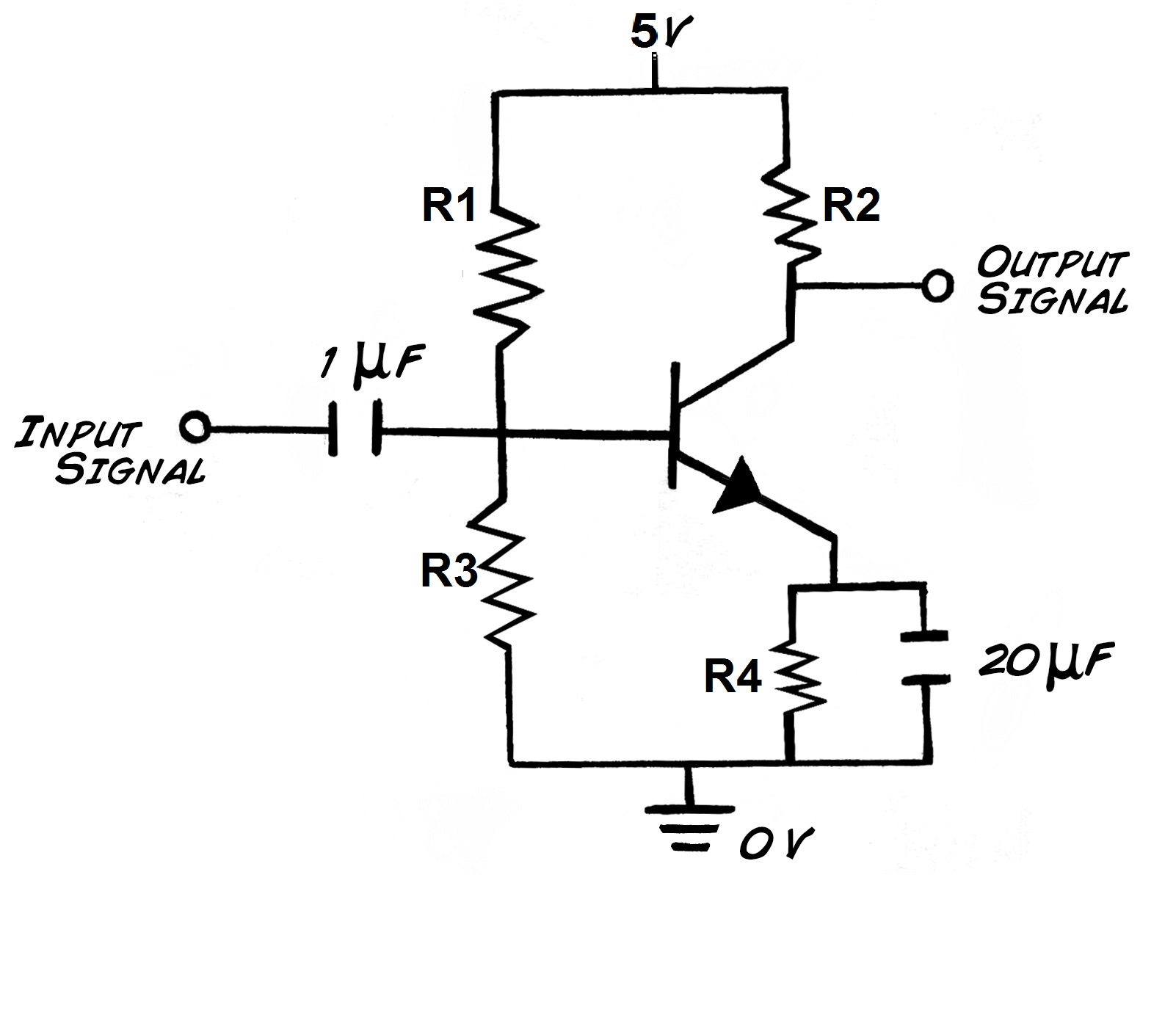I am a bit confused about this differential base-emitter resistance.
I has been said that r_pi doesn't have much influence on small signal input impedance, when CE with emitter degeneration is used. Well, I doubt this claim.
Can someone please explains why or when should r_pi be neglected in small signal input resistance calculus for CE with emitter degeneration?

